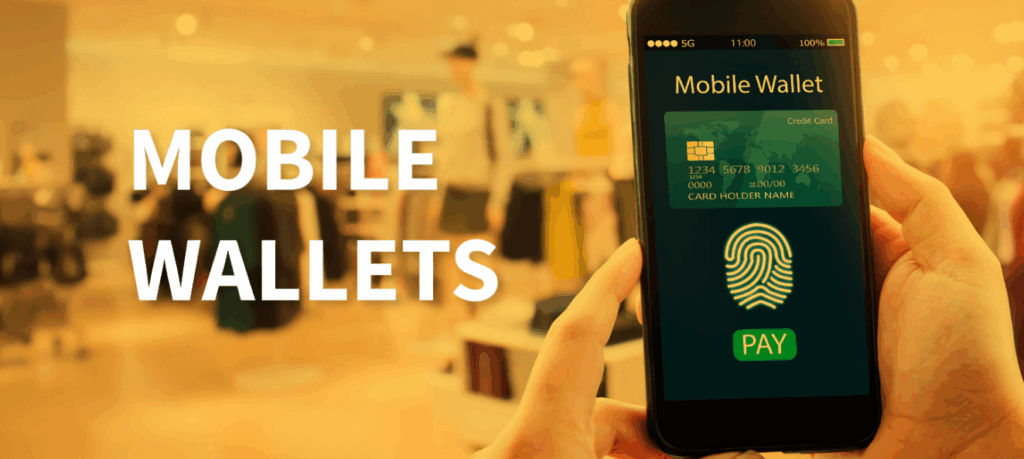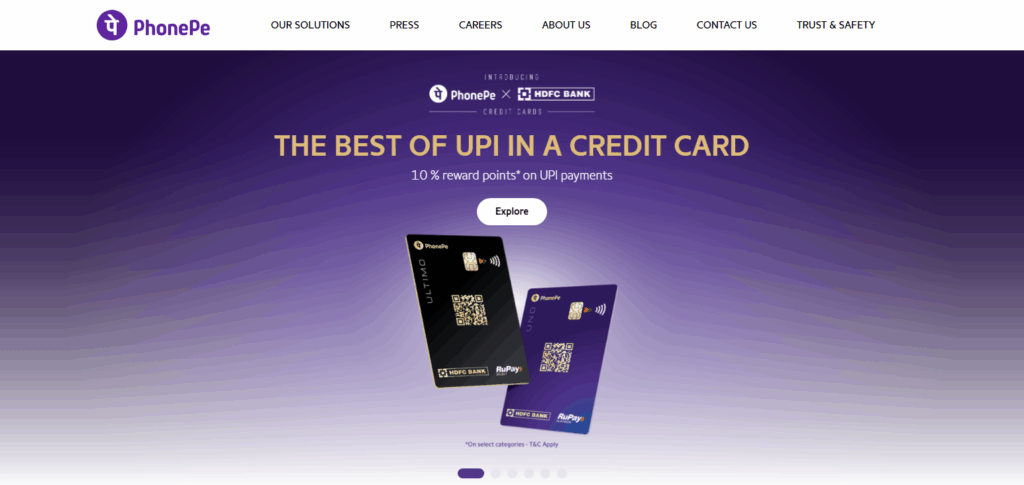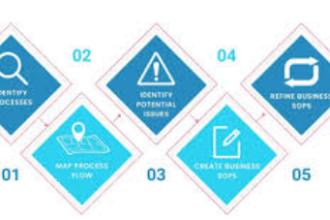In this article, I will discuss the How to Use Mobile Wallets for Payments. Mobile wallets allow users to pay for purchases through their phones in a simple, fast, and safe method.
It doesn’t matter if it is shopping, bill payments, or money transfers; mobile wallets make every type of transaction simpler. This will help in understanding the setup and use benefits alongside helpful security advice.
What Is a Mobile Wallet?
Mobile wallets refer to applications that store a user’s payment information like debit and credit cards on a mobile phone or any device with outmost security. They allow the user to carry out payments online, in shops, or transfer money to other users without the need of carrying cash or cards. Examples include Google Pay, Apple Pay, Paytm and PhonePe.

In addition to the above, these mobile wallets provide value added services like rewards, payment of bills and money transfer services which greatly speed up day to day transactions while ensuring safety and ease of use.
How to Use Mobile Wallets for Payments

Example: Payment of Services Via PhonePe in Cafe
Step 1: Download and Install PhonePe Application
- Install PhonePe using Apple App Store or Google Play Store.

- Use mobile number linked to bank account to sign up.
- Set a secure UPI PIN during the process.
Step 2: Link Your Bank Account to PhonePe App
- Go to “My Money” → “Bank Accounts”
- Choose a bank from the given options.
- Your account will be fetched and linked through UPI by PhonePe.
Step 3: Scan UPI QR Code Provided by Merchant
- Launch PhonePe app at the café counter.
- Click on “Scan & Pay” and align the phone camera to the respective UPI QR code.
Step 4: Input Qouted Amount on Device
- Enter the total amount to be paid, for instance, ₹150 for croissant and cappuccino.
- Optionally, a note such as “Coffee payment” can be added.
Step 5: Approve Payment and Complete Transaction
- Click on “Pay” to proceed.
- Payment can be authorized upon entering the UPI PIN.
Benefits of Using Mobile Wallets
Convenience – With a mobile wallet, payments are made easy through a mobile device anytime and from anywhere. No need to carry cash or cards which can be very cumbersome.
Speed – Using contactless technology or QR codes ensures that payments are made at an accelerated rate.
Security – Mobile wallets provide heightened security through encrypted transactions with a PIN, biometrics or tokenization.
Contactless Payments – Allows for minimal touch payments which is beneficial for hygiene purposes as well as for convenience.
Expense Tracking – A spending history is provided through the application which enables efficient viewing and management of expenses.
Rewards & Cashback – Mobile wallets are able to offer discounts after providing payment, while also offering rewards or cashback.
Multiple Payment Options – Users are provided with the ability to link multiple cards or bank accounts which increases flexibility.
Common Issues with Mobile Wallets
Payment Not Going Through
Issues with weak internet, server downtimes, or glitches with the app.
Wallet Not Accepting Card or Bank Link
Occurs when a supported bank is not with your bank or entered details are incorrect.
App Crashes or Freezes
Outdated phone software or other apps can result in an app crash or freeze.
Delays with Transactions
Processing delays tend to stem from congestion in networks or backend issues.
Incorrect Deductions or Double Charge
These can happen due to repeated clicks system errors.
Login or Verification Challenges
Failing to log in could stem from forgotten credentials, biometric failures, or an incorrect PIN.
Merchant System Not Compatibility
Pertains to some merchants not accepting certain wallets or particular stores.
Risks of Lost Phones
Someone could access the wallet and funds if not properly secured.
Tips for Secure Mobile Wallet Use

Utilize Strong Authentication Methods
Use fingerprint, face, or a strong PIN/password for mobile app and device access.
Update Apps Promptly
Make sure to update the mobile wallet app as frequently as needed.
Steer Clear Of Public Wi-Fi
Never perform transactions over unsecured public Wi-Fi.
Enable Transaction Alerts Promptly
Enable notifications for every transaction so you can track activities as they happen.
Set A Remote Lock For Your Phone
Enable features that allow remote locking or wiping in case of a lost or stolen phone.
Do Not Install Anything But Official Apps
Make sure to download mobile wallets from reputable sources such as the Google Play Store or Apple App Store.
Reconcile Accounts Regularly
Check mobile wallets regularly and review the transaction history for discrepancies.
Mobile Wallet Alternatives
UPI Applications (Unified Payments Interface)
- Includes: BHIM, Google Pay (UPI), PhonePe
- Best suited for interfacing bank-to-bank transactions through mobile numbers or UPI IDs.
Banking Mobile Applications
- Available for almost all the banks for money transfers, paying bills, and even for mobile payments.
- Enhanced account management with additional safeguards.
Prepaid as Well as Virtual Cards
- Preload cash and use both online and offline like a debit card.
- Useful in helping one budget and control expenditure.
Wallets for Cryptocurrency
- Hold and transfer cryptocurrencies such as Bitcoin or Ethereum.
- Attractive for users keen in payment systems without intermediaries.
Contactless Credit or Debit Cards
- Use tap-to-pay without an application or phone.
- Handy way to make physical purchases.
Pros & Cons
| Pros | Cons |
|---|---|
| Fast and convenient transactions | Requires internet for most functions |
| Secure with encryption & biometrics | Not accepted everywhere |
| Contactless payments for hygiene | Risk if phone is lost or stolen |
| Easy expense tracking and history | Limited to smartphone users |
| Offers rewards, cashback, and discounts | May have transaction limits |
| Supports multiple payment methods | Dependent on battery and device health |
Conclusion
In conclusion To pay online or transfer money through a mobile device is much easy than shopping tethered to one’s cards . The ease with which users can manage their bills using a smartphone makes payments as simple as click.
Moving into the future of finance offers ease of management of transactions as cash no longer will be a need during digital payments while providing security. Managing finance accurately is also an essential part to avoid loss and saving. Explore the functions of mobile wallets right now!
FAQ
What is a mobile wallet and how does it work?
A mobile wallet is a digital app that stores your payment details securely on your phone. It allows you to make contactless payments, pay bills, or transfer money.
Are mobile wallets safe to use?
Yes, most mobile wallets use encryption, tokenization, and biometric authentication to keep your transactions secure.
Can I use a mobile wallet without an internet connection?
Some wallets support offline payments, but most require an internet connection to complete transactions and sync data.













